Watering mode for peppers in an open bed and in a greenhouse
Whether the harvest of vegetables meets your expectations depends directly on the care. Regular watering of bell peppers is the main component of abundant fruiting. The appearance of the fruit, the thickness of the walls and the taste of the pulp depend on the amount of liquid.
The principles of proper watering
All vegetable crops love timely watering. Pepper is especially in need of moisture during the formation of ovaries and fruits. The plant is demanding to care for.
- The soil should be nutritious and rich in oxygen. After moistening, the dried soil is loosened to a shallow depth so as not to damage the root system.
- Regular feeding is carried out on the basis of aqueous solutions.
- After fertilizing the plants, they need to be watered well so that the minerals are absorbed faster.
- Moisten the entire area with pepper, not just the area near the root.
- Avoid getting water on pepper leaves or flowers.
- Each adult plant needs two liters of water per day for normal development.
- During the fruiting period, especially abundant watering is required.
How to water seedlings?
Seedlings develop well in warmth and with moderate watering. You cannot overmoisten the substrate so that the black leg does not hit the pepper seedlings. This fungal disease occurs with excess moisture. The seeds should be sown in a container with drainage holes where excess water flows.
- Seedlings are watered only with settled and warm water.
- A little moisture is enough for the sprouts, so that the soil does not dry out.
- As the seedlings grow, more water is required, and watering becomes more frequent.
- If the seedlings are dense, you should water more abundantly.
- Morning watering of seedlings is the most productive.
Seedlings are fed twice, and after fertilization, they need watering: the roots absorb nutrients better from moist soil.
To strengthen the seedlings, it is watered and at the same time fed with tea infusion. In three liters of settled water, 300-400 ml of tea leaves are diluted. The solution is gradually used for watering.
Advice
You can find out about the condition of the soil by squeezing a small amount of it in a com. If the lump does not crumble, there is enough moisture. If the earth decays, it is dry.
Greenhouse watering
The humid and warm atmosphere of the greenhouse is suitable for sweet peppers. The main condition for growing is moderation in watering. Waterlogging is destructive, like overdried soil. It leads to the development of harmful insects and pathogens of fungal diseases.
- One watering a week is enough for pepper seedlings in a greenhouse.
- When the pepper is blooming and bearing fruit, it is watered every two to three days.
- Morning watering is preferable, and in the evening the greenhouse is ventilated so that excess moisture does not damage the plants.
- The dried soil is superficially and carefully loosened.
- After harvesting the first harvest of peppers, watering is reduced, and with the appearance of ovaries, resume.
- If straw is laid in the greenhouse substrate, the plants are watered more intensively.
Important!
Without sufficient moisture, the flowers of pepper crumble, the leaves turn yellow. Therefore, experienced vegetable growers place containers with water around the perimeter of the greenhouse - it evaporates and at the same time heats up for irrigation.
Pepper in polycarbonate greenhouses
Greenhouses made of modern materials retain more heat, so they are convenient for growing peppers. Usually, compact varieties and hybrids are chosen in order to place enough high-yielding seedlings in a small area.
The following varieties are recommended for growing in a greenhouse:
- Orange miracle;
- Cockatoo;
- Claudio;
- Cardinal;
- Tenderness;
- Denis;
- Hercules;
- Atlant.
Watering rules in polycarbonate greenhouses are practically the same as in traditional ones. But in them one should not be afraid of the lens effect due to the ribbed translucent surface. Condensate also does not settle on wavy surfaces. Airing is mandatory to protect the plants from infection by fungi and small pests.
In new generation greenhouses, plants are more comfortable in the heat, since the sunlight is scattered evenly, but on gloomy days, they may need illumination.
Preventive work
Improving the conditions for peppers in bad weather, you will have to pay more attention to them. With a lack of lighting on cool summer days, so that the buds of the pepper do not fall off, regulate the number of leaves.
- All leaves on the stem are removed when the first fruits are ripe. Leaves on the branches are enough for vegetative processes.
- Plucking ripe peppercorns, remove the leaves that are located below the second brush.
- When the growing season is nearing completion (from mid-August), the remaining leaves are cut off, as are the buds that appear.
Watering when feeding
In a hot summer, bell peppers in a polycarbonate greenhouse are watered abundantly, moistening the entire soil to increase evaporation. Much attention is paid to the nutritional value of the soil, regularly feeding. They are fed only with liquid solutions - one liter for each pepper bush.
- Two weeks after transplantation, fertilize with the following composition: 2 teaspoons of carbamide and 1 teaspoon of superphosphate are dissolved in 10 liters of water.
- When the pepper is blooming, dissolve a tablespoon of superphosphate and potassium sulfate in a bucket of water.
- Wood ash can be added to mineral fertilizers.
- Pouring 1-2 drops of iodine per liter of water for one plant, increases its resistance to diseases.
After feeding, the plants are watered abundantly so that the roots can more easily absorb the necessary fertilizers.
Advice
The third dressing, when the fruits ripen, can be carried out with an infusion of garden or garden herbs.
How to water pepper in the garden?
A week before planting pepper in the beds, the site must be watered abundantly, then loosened the soil. The wells are also filled with water just before placing the plants in them along with a lump of earth from the cup. The condition of the soil where the pepper grows in the open field must be closely monitored. During prolonged rains, watering is not required, and with periodic precipitation, watering bell peppers is mandatory.
- The water should always be warm, heated in the sun during the day.
- The pepper is watered in the evening to keep evaporation to a minimum.
- In the morning, the dried soil is loosened to prevent the formation of a crust around the plants.
- In July and August, in hot weather, it is better to cover the land with hay or weeds. You just need to make sure that there are no seeds on dry plants, even green ones.
- When the pepper has flowers or fruits, it should not be watered by sprinkling.
On cold nights, the pepper is watered in the morning, slightly warming up the water.
Prevention of possible errors
Since pepper is known to be a moisture-loving plant, someone might want to water it during the day. But in hot weather, it can be harmful.
- Drops of water will burn the delicate leaves - a lens effect will work under the bright rays of the sun.
- If there is no other way out, it is necessary to water with a hose, directing it close to the stems, preferably before lunch.
- Drip irrigation is very effective.
- Watering in a drought should be abundant - up to 3 liters per bush, so that the entire clod of earth where the root system of the plant is located is moistened.
So, the gardener will receive a generous harvest of pepper only if watering norms are observed. It is important to take into account the weather conditions and the phase of development of the vegetable crop.
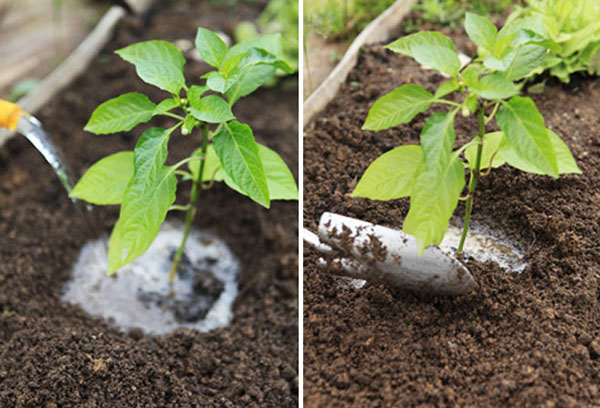
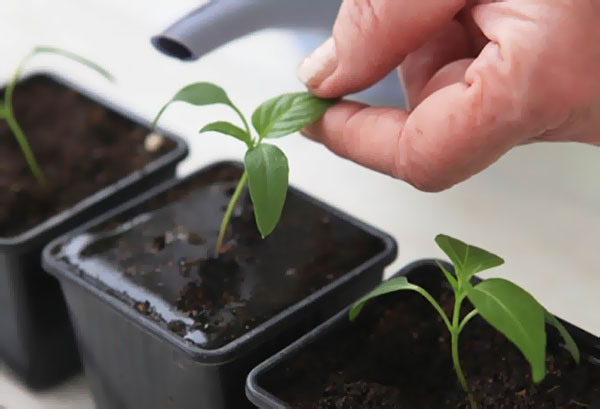
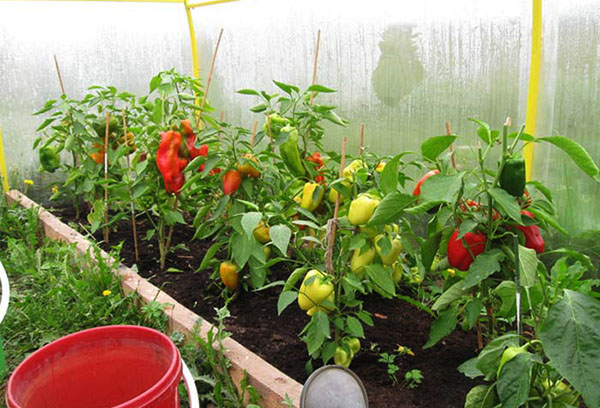
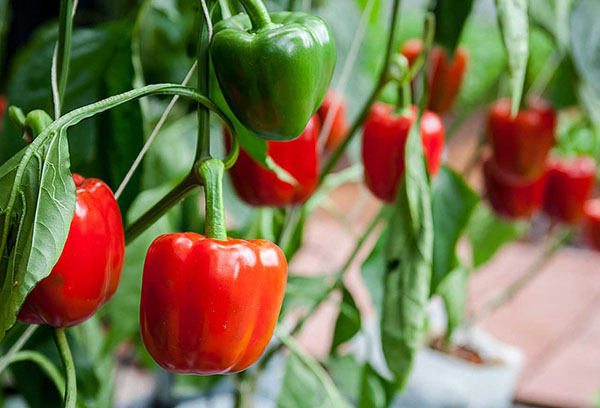
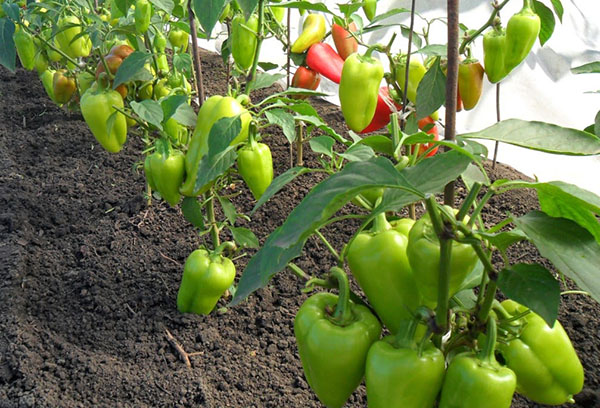
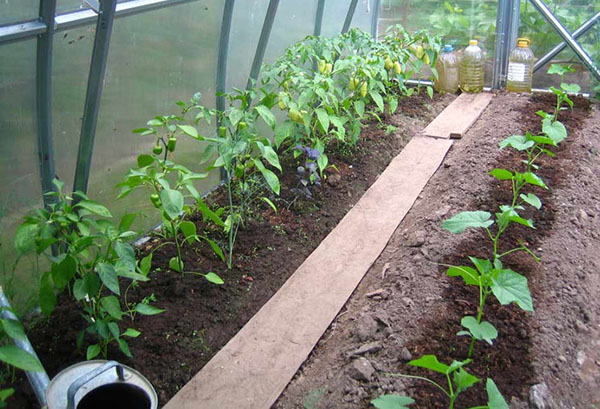
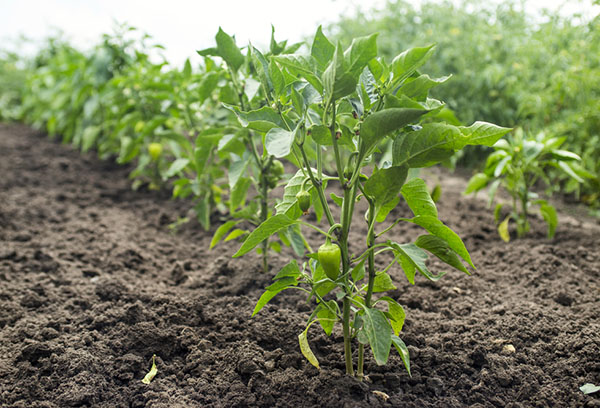
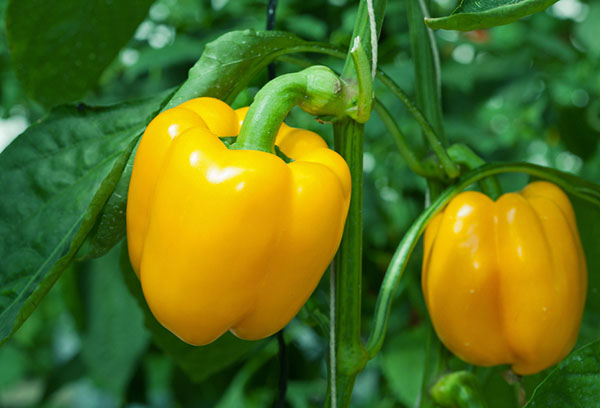
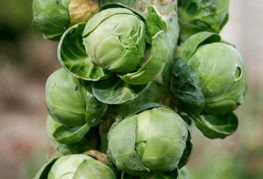
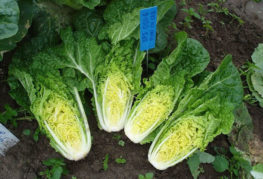
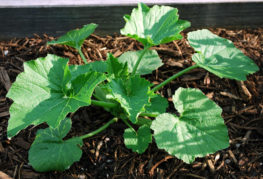
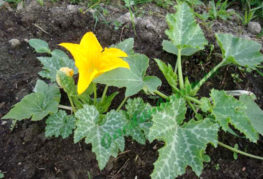
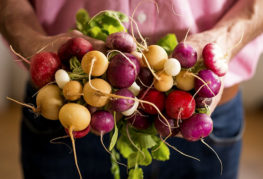
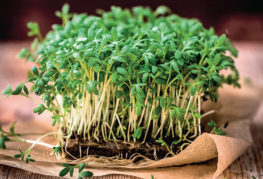
and will be published shortly.